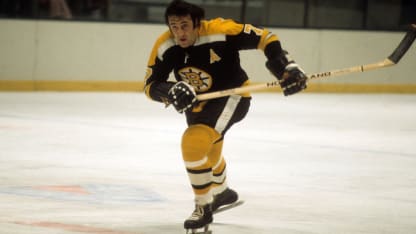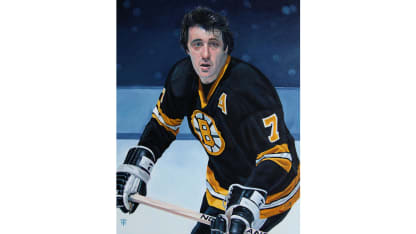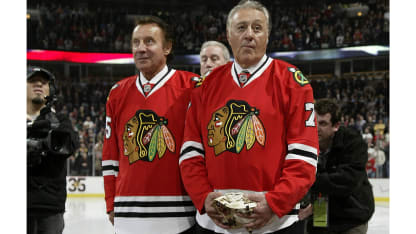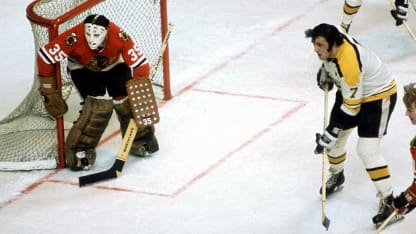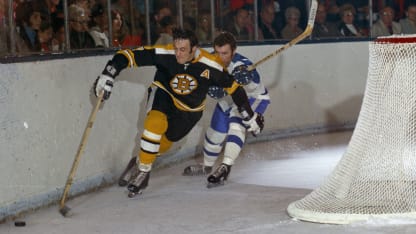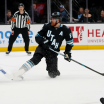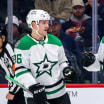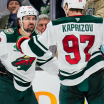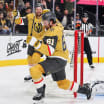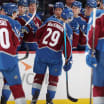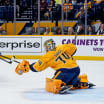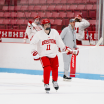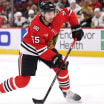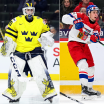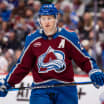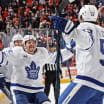Critics continued to call him a garbage collector, now scavenging off Orr's brilliant rushes and bullet shot. But around Boston, bumper stickers began to appear on cars, a clever retort to critics. They read: "Jesus Saves … And Espo scores on the rebound."
A second Stanley Cup season followed in '72, Boston beating the Rangers in six rugged games, and again Esposito was the top postseason point-getter (24) and goal-scorer (nine). It would be the last championship for this group that many, including Esposito, believe should have won more.
A few months later, without the injured Orr, he led star-studded Canada to victory over the Soviet Union in the Summit Series, providing effort and offense as the series' leading scorer with 13 points, setting up Paul Henderson's timeless series-winning goal in Game 8. Combined with the emotional charge of a nationally televised speech defending his Canada teammates and castigating boobirds after the Game 4 loss in Vancouver, he won over any remaining doubters. He'd now grown immensely popular, especially in Canada.
Later he wrote, "I was never able to play at that level again."
Esposito had more excellent years in Boston, but when Don Cherry became coach in '74, his lunch-pail approach didn't mesh with Esposito's view of how the Bruins should play.
Traded to the struggling Rangers on Nov. 7, 1975, he was quickly named captain and continued to score consistently, finishing around 80 points in each of his four full seasons on Broadway and averaging 37 goals.
The Rangers enjoyed a strong 1978-79 season, boosted by a line formed in midseason, Esposito between Don Maloney and Don Murdoch. The trio played like the "Espo"-Hodge-Cashman line had years earlier, and Esposito had 42 goals, leading New York in scoring and turning 37 years old. The Rangers knocked off the first-place New York Islanders in the Semifinals and marched toward the Cup against powerful Montreal. They lost the Final in five games, although Esposito led the Rangers with 20 playoff points.
He considered retirement that summer, but played another full season in New York, scoring his 700th goal and registering his 13th consecutive 30-goal season, tying Bobby Hull for the most in NHL history. The Rangers began to rebuild and Esposito's ice time fell off. He retired in January 1981. Esposito, who is sixth in career goals (717) and 10th in points (1,590), was inducted into the Hockey Hall of Fame in 1984.
His style may have appeared, in the words of renowned Toronto hockey writer Trent Frayne "gangling, almost awkward," but in his own, idiosyncratic fashion, Phil Esposito rewrote the record books. As "Espo" himself said, "I just plod along, nice and slow, though I get my goals."
For more, see all 100 Greatest Players
